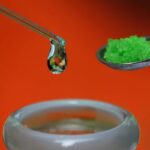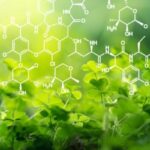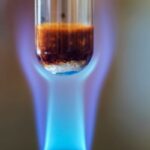We explain what chemicals are, how they are classified and some examples. Also, dangerous chemicals.
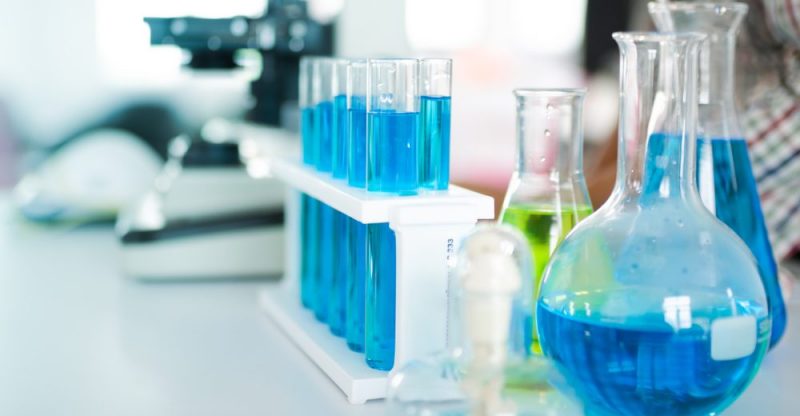
What are chemicals?
A chemical substance or chemical species is understood to a type of matter that is chemically homogeneous and defined that is, it has a fixed chemical composition.
They have the characteristic that Its particles cannot be separated by any physical mechanism. However, they can undergo physical, chemical or physicochemical changes when subjected to appropriate conditions or reactions.
The changes depend on the nature of the substance, and may consist of changes in the state of aggregation (such as cooling liquid water to obtain solid ice), or transformations in its chemical composition (such as the reaction between an acid and an alkali). In the latter case they become another substance.
Chemical substances were of interest to human beings since they took on the task of exploring the nature of things, especially the composition of matter, identifying what at the time they thought were the indivisible or fundamental forms of matter. However, from the alchemy of the ancient Greeks to modern chemistry, it has finally been possible to understand when something is chemically pure and when it is composed of several identifiable substances.
A chemical substance should never be confused with a mixture of any kind. Chemical substances cannot be separated into their constituent elements using physical separation methods (decantation, filtration, distillation, evaporation). On the other hand, the components of a mixture can be separated using these methods. On the other hand, it is possible to use chemical methods (chemical reactions) to separate the elements that make up a chemical substance.
Types of chemicals
Chemical substances can be of two types:
- simple substances. They are composed of a certain number of molecules of the same chemical element. For example: the oxygen molecule (O2).
- Compound substances. They are made up of two or more chemical elements, which form a stable and fixed structure. They are usually known as “chemical compounds.” For example: the water molecule (H2EITHER).
Examples of chemicals
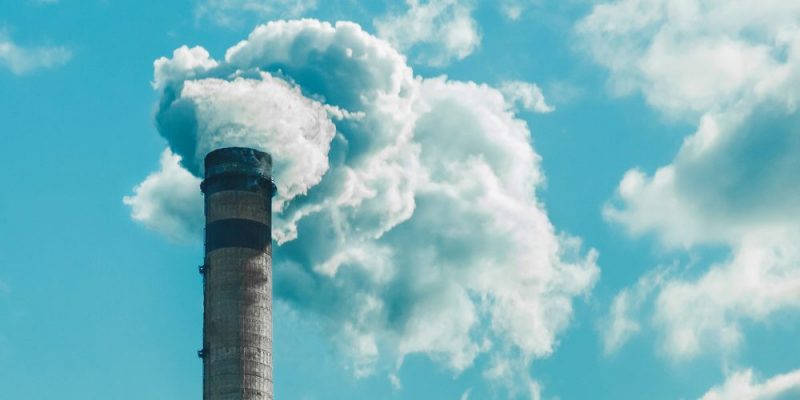
Some examples of chemical substances are the following:
- Water. Compound formed by hydrogen and oxygen (H2EITHER).
- Carbon dioxide Compound formed by carbon and oxygen (CO2).
- Ozone Substance made up of only oxygen molecules (O3).
- Graphite Substance formed by carbon molecules only (C).
- Glucose Compound formed by molecules of carbon, oxygen and hydrogen (C6h12EITHER6).
Hazardous chemicals
Chemical substances have particular properties, depending on their nature and composition. This can often pose a chemical health risk to humans, animals or plants.
The severity of said damage will depend on the nature of the substance, its concentration and exposure time, as well as the route of contact. For example, burning your skin with acid is not the same as ingesting it and causing serious damage to the digestive system.
Broadly speaking, some of the dangerous chemicals can be:
- Flammable substances Substances capable of producing large amounts of heat, that is, they can start fires, once they encounter the appropriate reagent or under certain conditions of temperature and pressure. For example: butane gas.
- Explosive substances Substances that, in the presence of certain elements or in the face of sudden movements that cause the momentary loss of their stability, react exothermically, that is, they generate large and sudden amounts of heat and energy, and can burn and/or violate what is around them. around him. For example: nitroglycerin.
- Corrosive substances Substances with extreme pH (basic or acidic) that, in contact with organic matter, cause focused exothermic reactions, and produce chemical burns, or in extreme cases disintegrate the organic matter they touch. They can also affect inorganic matter. For example: sulfuric acid.
- Toxic substances. Substances that react harmfully with the substances that make up the human body, animals and plants, triggering reactions that threaten the stability of life, that is, causing poisoning. Depending on the substance and concentration, the level of damage can be focused or general, immediate or gradual, and can be counteracted by an antidote, or not. For example: arsenic.
- Radioactive substances Substances whose atoms have unstable nuclei. These substances emit ionizing radiation such as alpha and beta particles, gamma rays or free neutrons. Ionizing radiation alters the chemical constitution of chemicals that come into contact with it. Radioactive substances are capable of contaminating living beings and causing them not only burns, but also unpredictable genetic mutations, or even death. For example: uranium-235.
- Carcinogenic substances Substances that, once introduced into the body, trigger the disordered reproduction of certain cells, that is, they cause cancer. For example: benzene.
- Mutagenic substances Substances that directly alter the DNA of living beings, unleashing unpredictable mutations that can lead to numerous diseases, and even be transmitted to offspring. For example: formaldehyde.
Continue with: Chemical formula
References
- “Chemical substance” in Wikipedia.
- “The 5 most dangerous chemicals on the planet” (video) on X Qriosity.
- “Chemical substance” in New World Encyclopedia.
- “What is Chemical Substance?” (video) at The Audiopedia.

